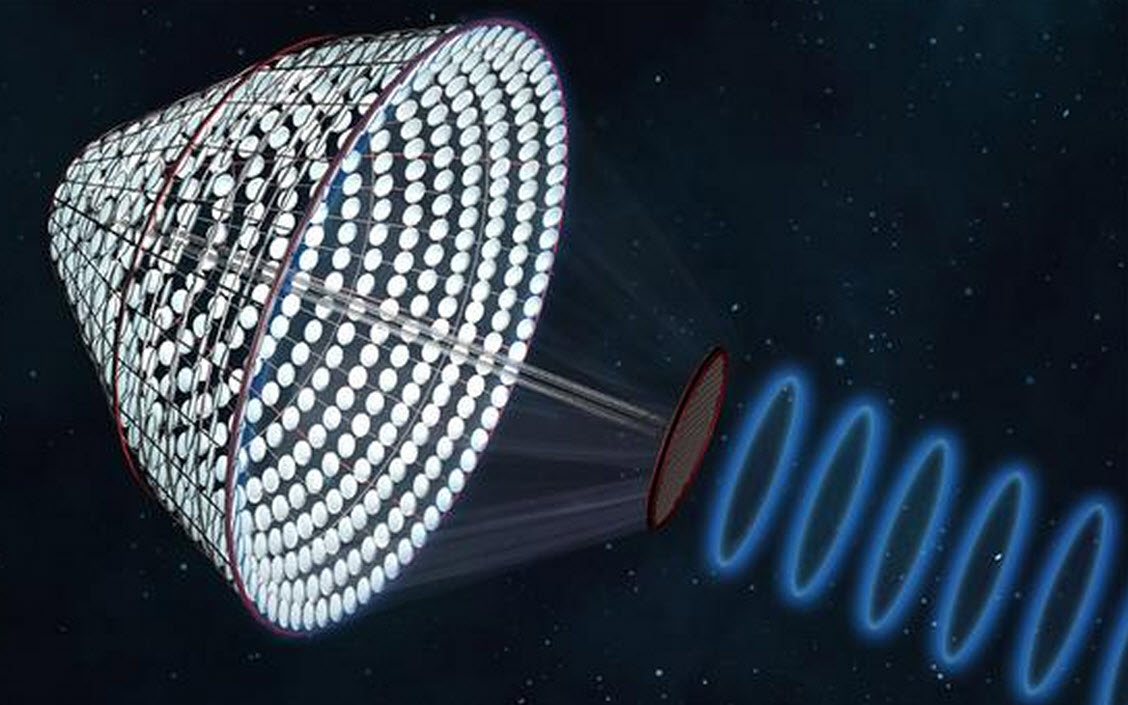Space-based solar farms power up
February 28, 2013

SPS-ALPHA (Solar Power Satellite via Arbitrarily Large Phased Array) is a novel, bio-mimetic approach to the challenge of space solar power. If successful, this project will make possible the construction of huge platforms from tens of thousands of small elements that can deliver remotely and affordably 10s to 1000s of megawatts using wireless power transmission to markets on Earth and missions in space. (Credit: Mark Elwood, SpaceWorks Enterprises, Inc.)
Space-based solar power (SBSP) has once again begun to attract attention with projects emerging in the US, Russia, China, India and Japan, among others. All are driven by increasing energy demands, soaring oil and gas prices, a desire to find clean alternatives to fossil fuels and by a burgeoning commercial space industry that promises to lower the cost of entry into space and spur on a host of new industries, says BBC Future.
Space-solar-power pioneer John Mankins, CTO of Deep Space Industries, is the man behind a project called SPS-Alpha, which aims to assemble a huge bell-shaped structure that will use mirrors to concentrate energy from the sun onto solar panels. The collected energy would then be beamed down to ground stations on Earth using microwaves, providing unlimited, clean energy and overnight reducing our reliance on polluting fossil fuels.
The snag? It is unproven technology and he estimates it will take at least $15–$20 billion. .
However, a 2011 report by the International Academy of Astronautics (IAA) found that SBSP could be commercially viable within 30 years, driven in part by the rise of private space companies.